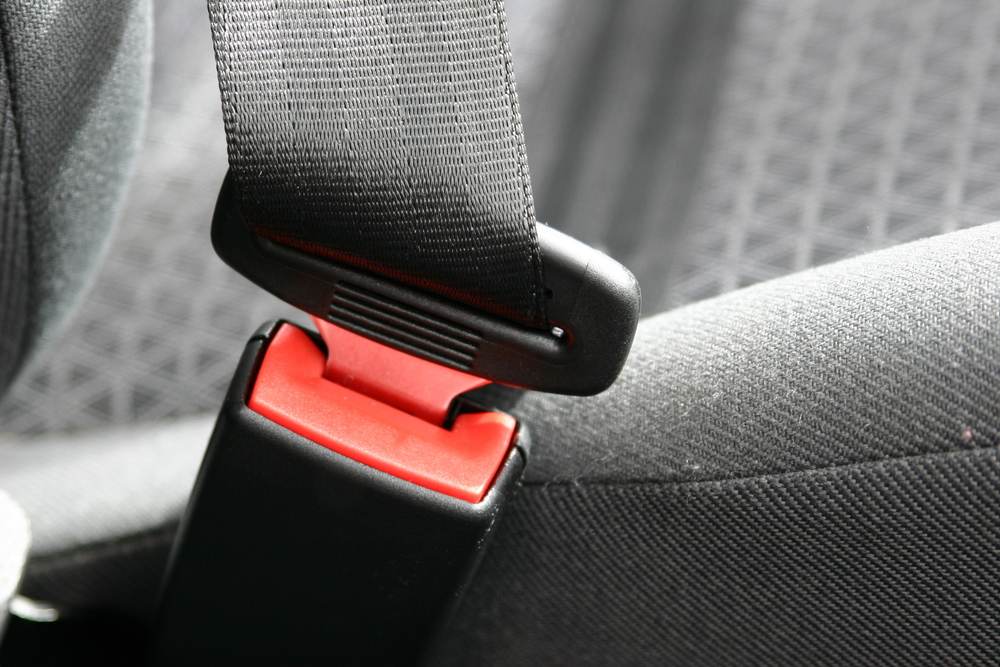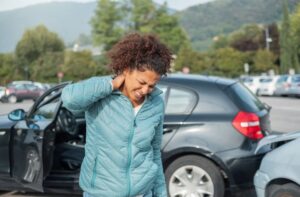Wearing a seat belt can be the difference between life and death in a car accident- it’s one of the most important things you can do every day to avoid severe injury. However, seat belts can cause some damage in an accident, even when used properly. The goal of a seat belt is to prevent you from being ejected from the car, and they almost always succeed at that. However, the rigid strength involved in this restraining mechanism can cause other injuries that send you to the car accident clinic. It’s important to understand how these happen, how they can be prevented, and what symptoms to look out for after experiencing an accident.
How Seat Belt Injuries Occur
In most accident scenarios, a car comes to a sudden stop, causing the seatbelt to tighten and restrain a still-moving driver or passenger. Even when worn properly and working as intended, this is where many car accident injuries can occur. A number of factors influence the likelihood of an injury:
- The severity of the accident/impact
- Exceptionally tight or loose restraints
- Age and size of the passenger
- Seat belt malfunctions
- Proper placement of the belt on the body
- Manufacturer defects
Some combination of these factors will likely determine if any injuries occur and how severe they may be.
Most Common Seat Belt Injuries
Though seat belts can lead to a range of injuries, below are some of the most commonly treated injuries at a car accident clinic.
Rib Injuries
Bruised or fractured ribs are extremely common due to the location of a seat belt when worn properly. The force of a seat belt restraint can have enough power to fracture ribs, which may lead to months of significant pain. Though fractured ribs cannot be braced like other bones, they should be treated as quickly as possible to avoid a dislocated bone puncturing the nearby lungs or heart.
Bruised ribs can be just as painful as fractured ribs, though do not carry the same risk of dislocation. Once a car accident clinic confirms you don’t have any fractures, you can treat bruised ribs with ice, rest, and breath control patterns.
Chest and Sternum Injuries
Your chest and sternum will have a direct impact with a seat belt that properly restrains you. Your sternum is the bone in the middle of your chest which attaches to the ribs. An injury to this bone can be dangerous due to the proximity to your heart and lungs, which could be impacted by the same force. If your chest is sore, visit a car accident clinic to rule out any damage.
Abdominal Injuries
If the lap belt places enough force on your abdomen, this pressure can cause a range of injuries. You may notice bruises or simple pain, but enough pressure could lead to damage to your organs. Internal bleeding is also a possibility in this scenario. Any abdominal pain or tenderness should be evaluated immediately.
Shoulder Injuries
The soft tissue in your shoulders is vulnerable during a car accident, as the seat belt can tear the tendons or muscle fibers, leading to pain and discomfort. You can ice the area to reduce swelling before visiting a car accident clinic to develop a treatment plan.
Surface Injuries
You may also notice external injuries as a result of a seat belt. The roughness of the belt and your clothing may rub against your skin, causing abrasions on your skin. You may even see an imprint of the seat belt on your body as the pressure is distributed across the belt and can affect the entire area it touches. Make sure any wounds are treated to prevent infection.
Preventing Seat Belt Injuries
Proper use and placement of a seat belt will help you ensure that you are not ejected from the car, as well as prevent certain injuries, such as rear-end collision injuries, or make them less severe. There are some precautions you can take to be as safe as possible while driving. According to the National Highway and Safety Administration:
- The shoulder belt should be across the middle of your chest, away from the neck.
- The lap belt should be placed firmly across the hips, below the stomach.
- Never place the shoulder strap behind your back or under your arm.
- Belts should not be uncomfortably tight, nor loose enough to let the occupant move freely in the seat.
If you have been in a car crash, even with a seat belt worn properly, always visit a car accident clinic to ensure you do not have any hidden injuries.





